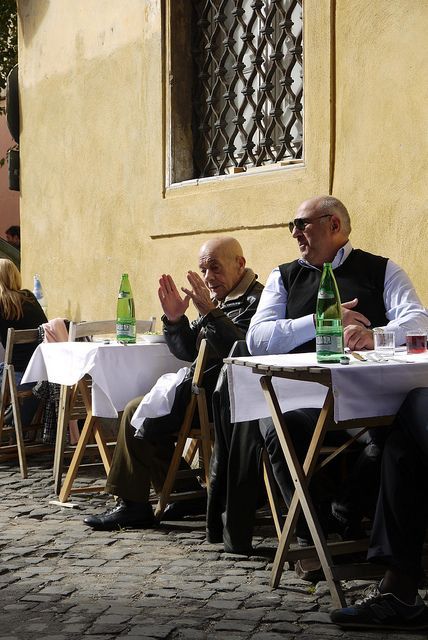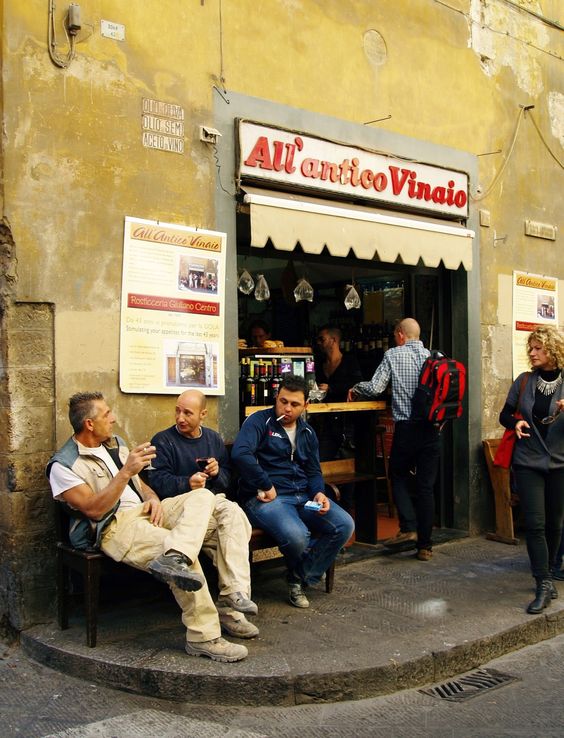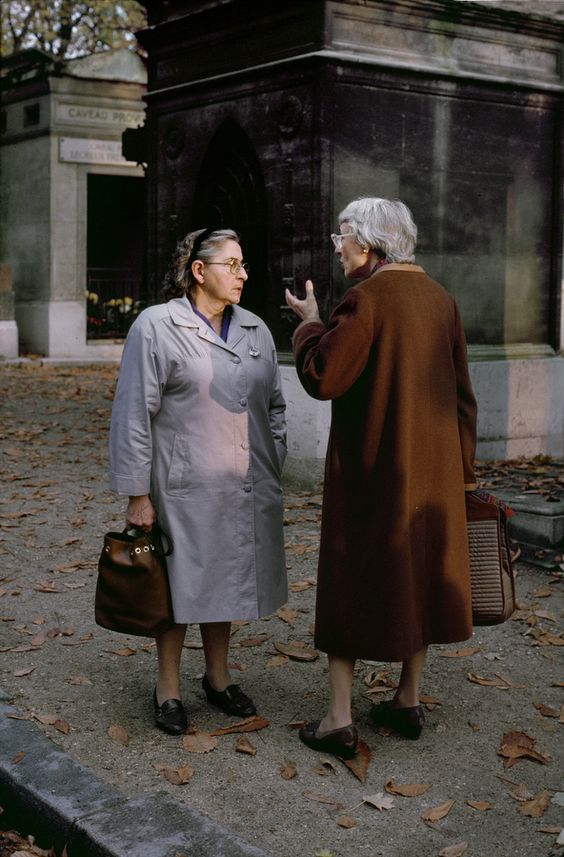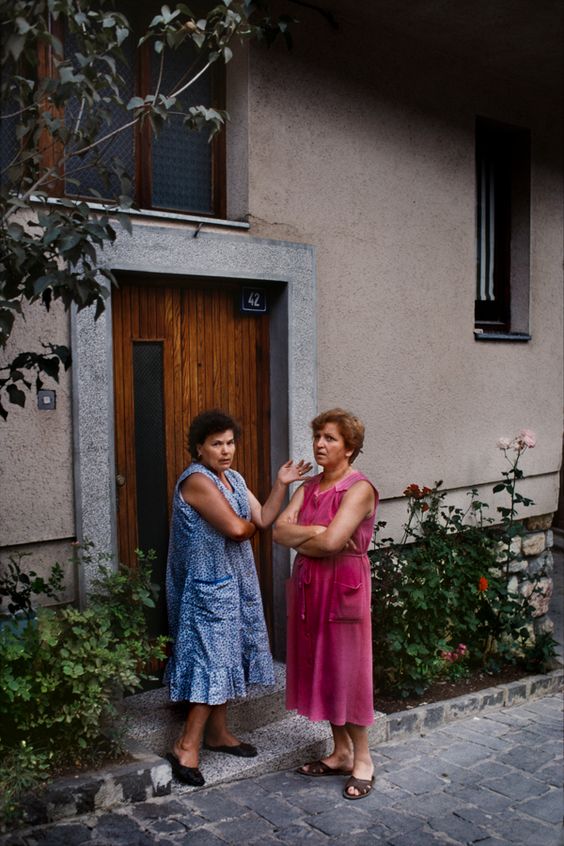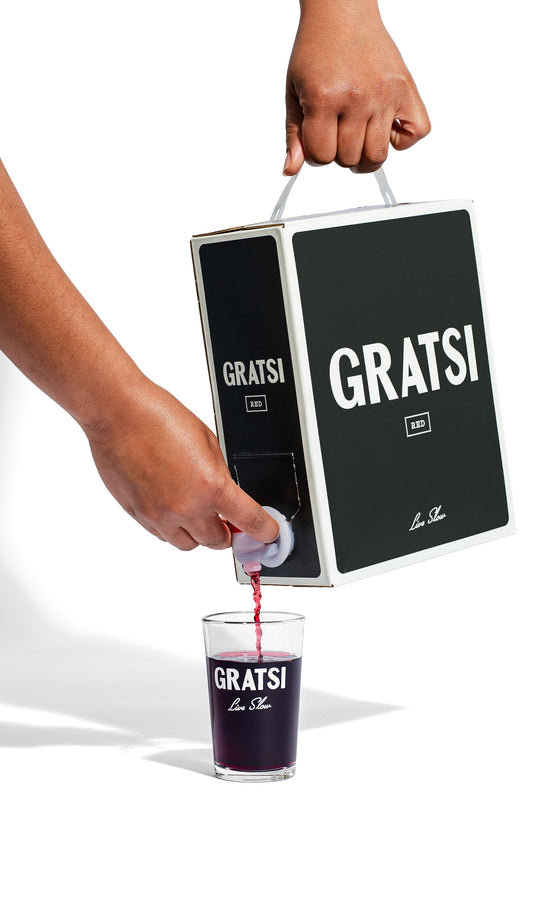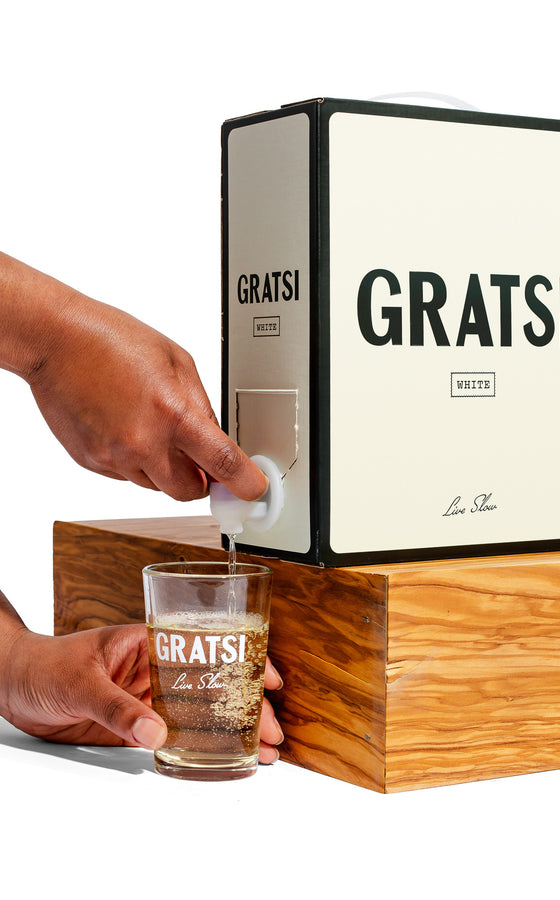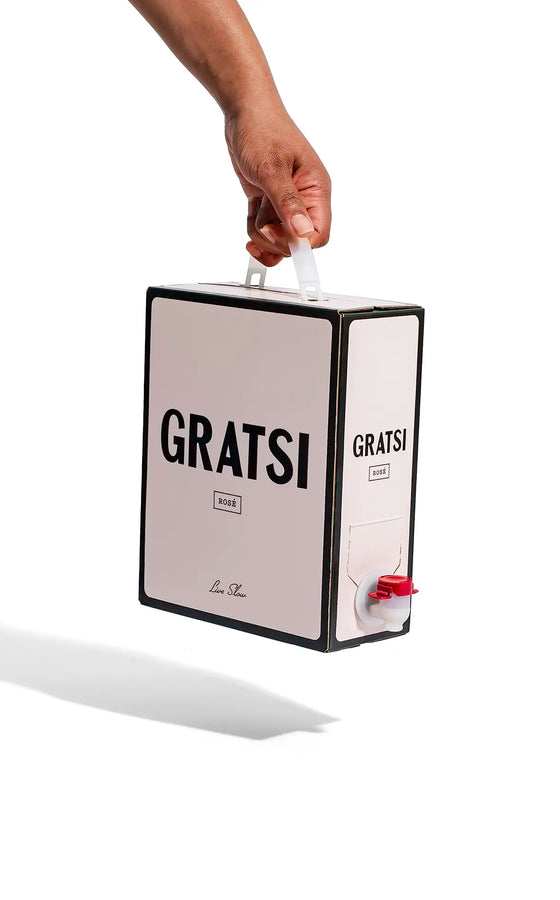The Art of Italian Hand Gestures
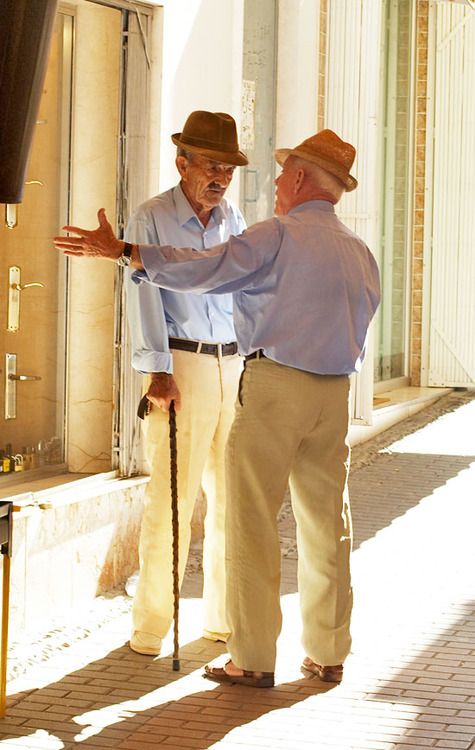
Antonia's Insights
The Art of Italian Hand Gestures
By Antonia Fest
October 24, 2023
The self-proclaimed Ambassador of Italian gestures, Luca Vallo once stood in front of a Ted Talk audience filled with native Italians and asked his fellow citizens, ‘Tell me, have none of you ever knocked over a glass of water or a bottle of wine when immersed in conversation with your friends over dinner? No? I don’t believe you.’ This expression of doubt comes from Vallo’s deep study of the Italian’s subsidiary language. There are no words needed, nor grammatical rules to be studied, and certainly no tricky conjugations to overcome. Perhaps the most unifying language in all of Italy is that of the body.

In his Ted Talk, aptly titled ‘Come parlare senza parlare’ (‘How to speak without speaking’), Vallo goes on to say that studying the language of Italian gestures is just as important as studying the language of Italian itself. It is the only way to really grasp the cultural mentality of this Mediterranean land. He proclaims that this often-stereotyped use of the body in conversation is one of the most distinctive aspects of Italian life and can almost be considered a secret code for compatriots to converse with. Whilst Italians are known for their exaggerated gesticulations, few outsiders are fully aware of how sophisticated these are.
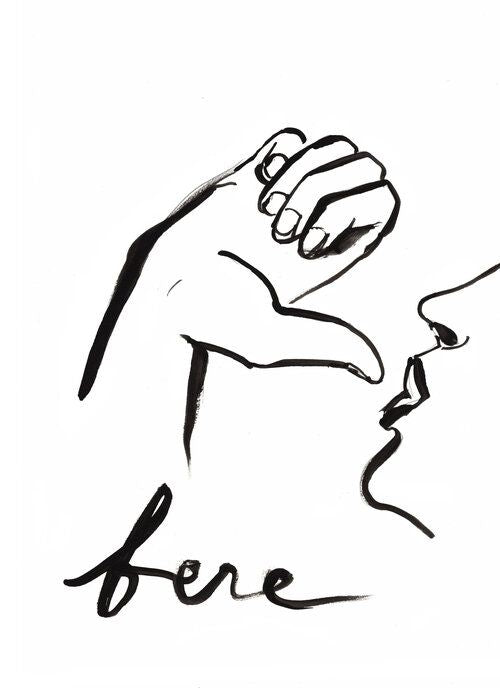
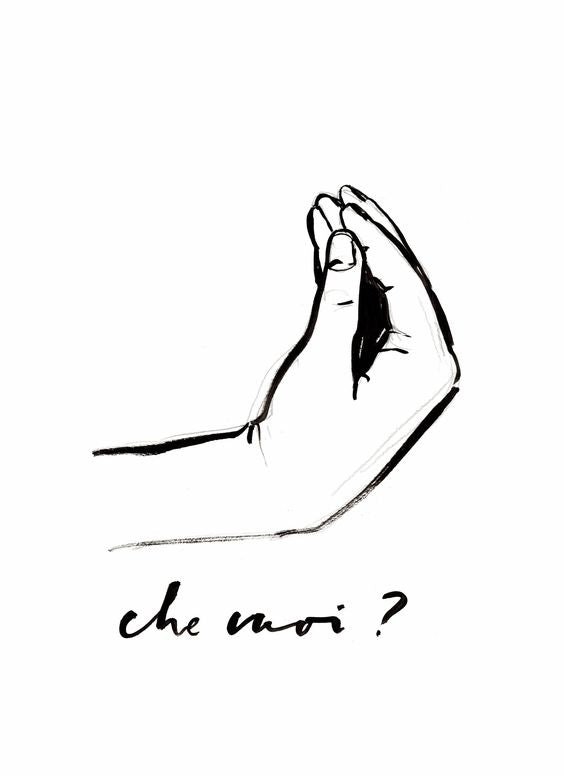
Indeed, in one of the latest Apple software updates, the emoji commonly referred to as ‘pinched fingers’ was introduced into the keyboard. It is perhaps one of the most famous Italian gestures. Foreigners use it in their online communication to emphasise something exquisite, a visual version of a chef’s kiss. However, Italians use it for a very different meaning. When you view them in live action pinching their fingers and flicking their wrists up and down, it broadly means ‘What do you want?’, ‘What do you mean?’, or ‘Why?’. In some cases, you may see them using both hands simultaneously to pinch and flick – this means ‘What the hell do you want!?’, ‘What the hell do you mean!?’, or ‘Why the hell!?’. The 14-page proposal to include the ‘pinched finger’ emoji in the updated Apple Keyboard, was boiled down to the simple fact that ‘the gesture would be representative of Italian culture because "everybody knows Italians speak with their hands."
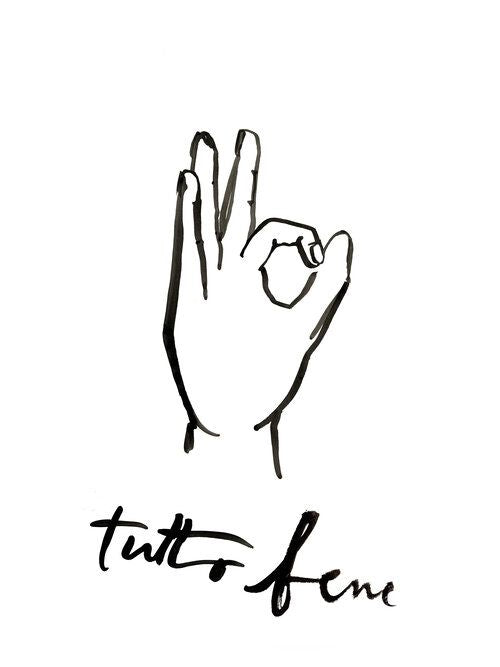
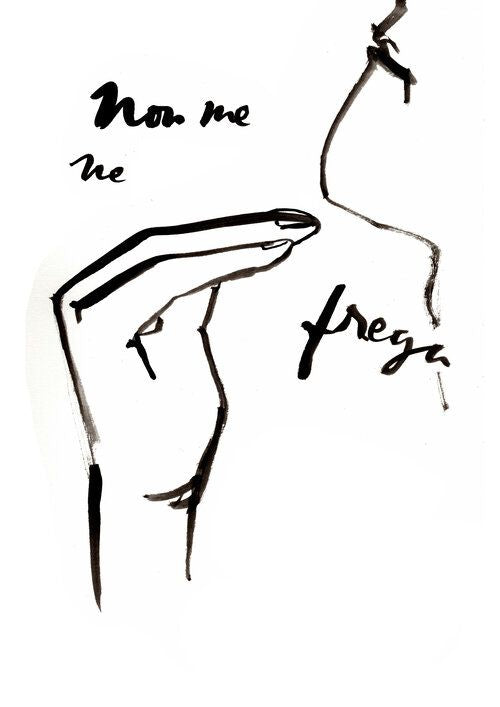
Beyond an auxiliary signal to enhance a statement, the Italian gesture can be understood with no words at all. In a country where dialects can even differ vastly between 2 towns within 5km of each other, the use of the 250 hand gestures within the Italians ‘corporeal dictionary,’ is not only useful but also fundamental.
Where and how did this other language develop? There are multiple theories all of which are likely to hold a grain of truth within shaking pinched hands. The most superficial argument is that it allows Italian theatricality to shine by way of the nationally accepted bodily expression. Another states that in larger cities, gestures are used as a competitive form of grabbing attention and making oneself more visible when chaotic environments can otherwise drown you out.
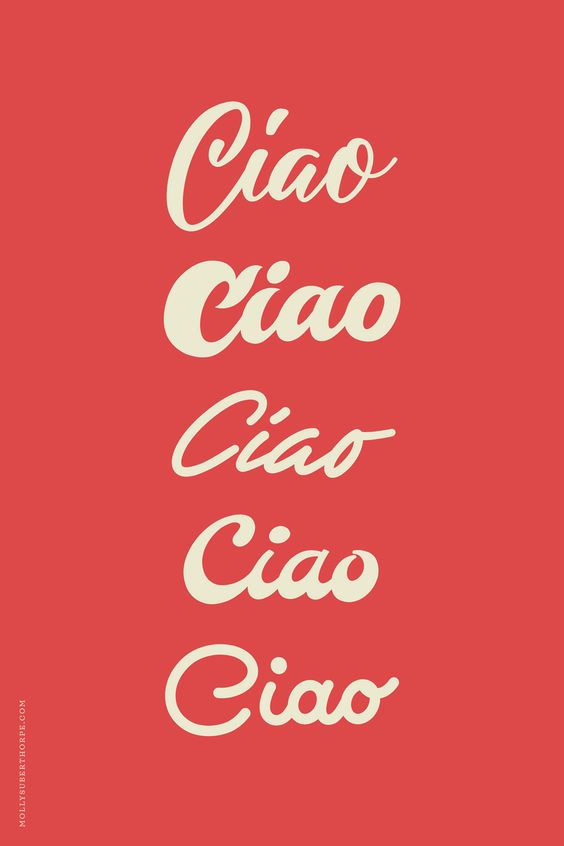
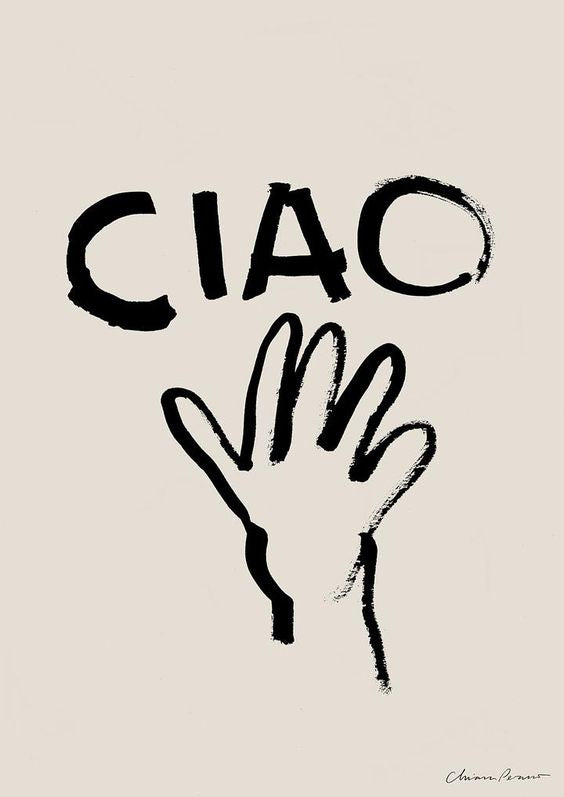
Perhaps the theory which is the most grounded in historical fact, draws on Italy’s chequered past. Over the millennia, it is a country which has been conquered, occupied, and colonised by the Ancient Greeks, the Normans, the Arabs, the Germans, the Visigoths, and the Spanish to name but a few. These imposed influences by foreign cultures have led to the introduction of many new customs which Italians would absorb and make their own. Yet in a country dominated by so many civilisations over the years, the inability to communicate often created barriers. The use of a language which transcended the spoken word was therefore crucial in ensuring an understanding between the Italians and their invaders. Thus, gestures first became a necessity, then a standard practice of daily life and now, nothing short of an art form.
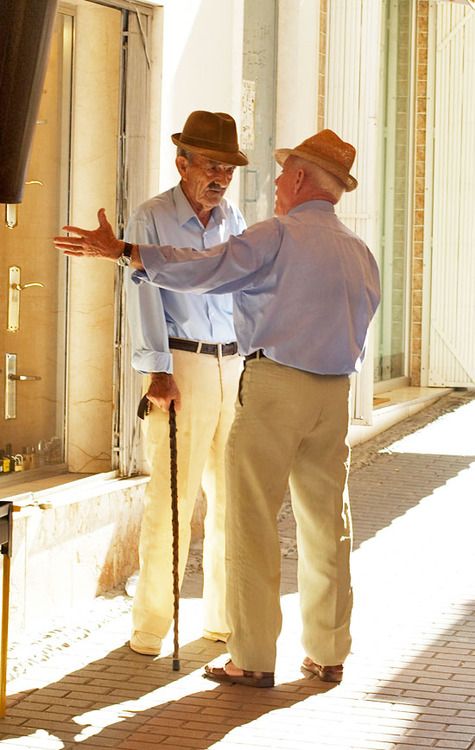
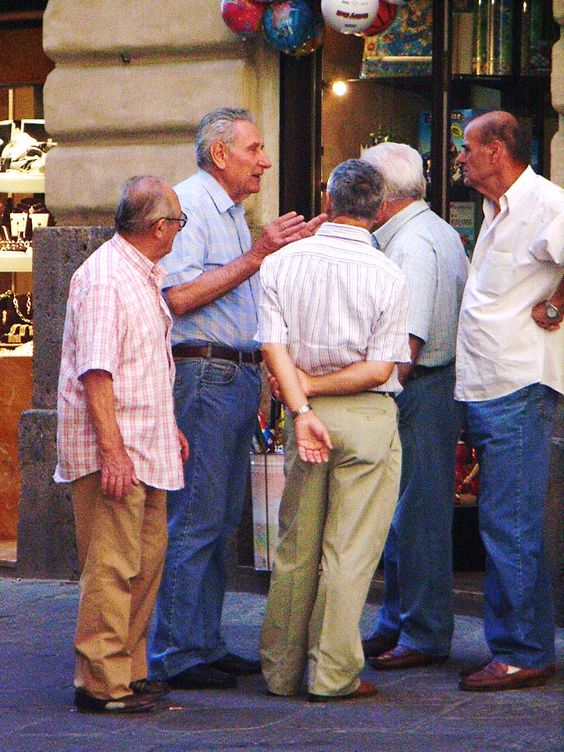
It was the artist and designer Bruno Munari, whose now iconic 20th century book ‘Speak Italian: the Fine Art of the Gesture’, consolidated the argument that hand gestures in his homeland are visual masterpieces as well as vital movements. His guide shows step-by-step images of how to speak Italian with your body as well as foolproof annotations to get the motions just right. However, as a veritable art form, learning Italian hand gestures cannot be achieved overnight. Nonetheless, here is a list of a few simple and common moves which are likely to be observed in any given part of the country:
Pinched fingers – accompanied by a flick of the wrist or shaking the whole arm up and down, this translates as ‘What do you mean?’
Finger to the cheek – place your index finger on your cheek and twist it. This means that something is delicious.
Drawing a line – pinching your index finger and your thumb together and drawing a vertical line across the air means that something is simply perfect.
Pulling down the eyelid – with your index finger pressed to the top of your cheek, pull down so that your lower eyelid is stretched. This indicates that someone is cunning and you should watch out.
The prayer – a gesture of exasperation, when you see an Italian holding their hands in prayer and often moving them forwards and backwards, they are indicating a rhetorical ‘ti prego’ (I beg you) as if to suggest that someone cannot be serious with what they are saying.
Stretched out arm – an arm stretched outwards and upwards at a 45-degree angle means ‘get lost’ or ‘don’t be ridiculous.’
The chin flick – place 4 fingers under the chin and then flick them forward in a sharp action. This means ‘I couldn’t care less.’
The horns – proceed with caution. With your index and pinky finger outstretched, and the bent fingers facing your ‘opponent’, you are telling them that they have been cuckolded, that their partner has been unfaithful. It is a roundabout way of insulting the recipient and a gesture which very can easily offend!
